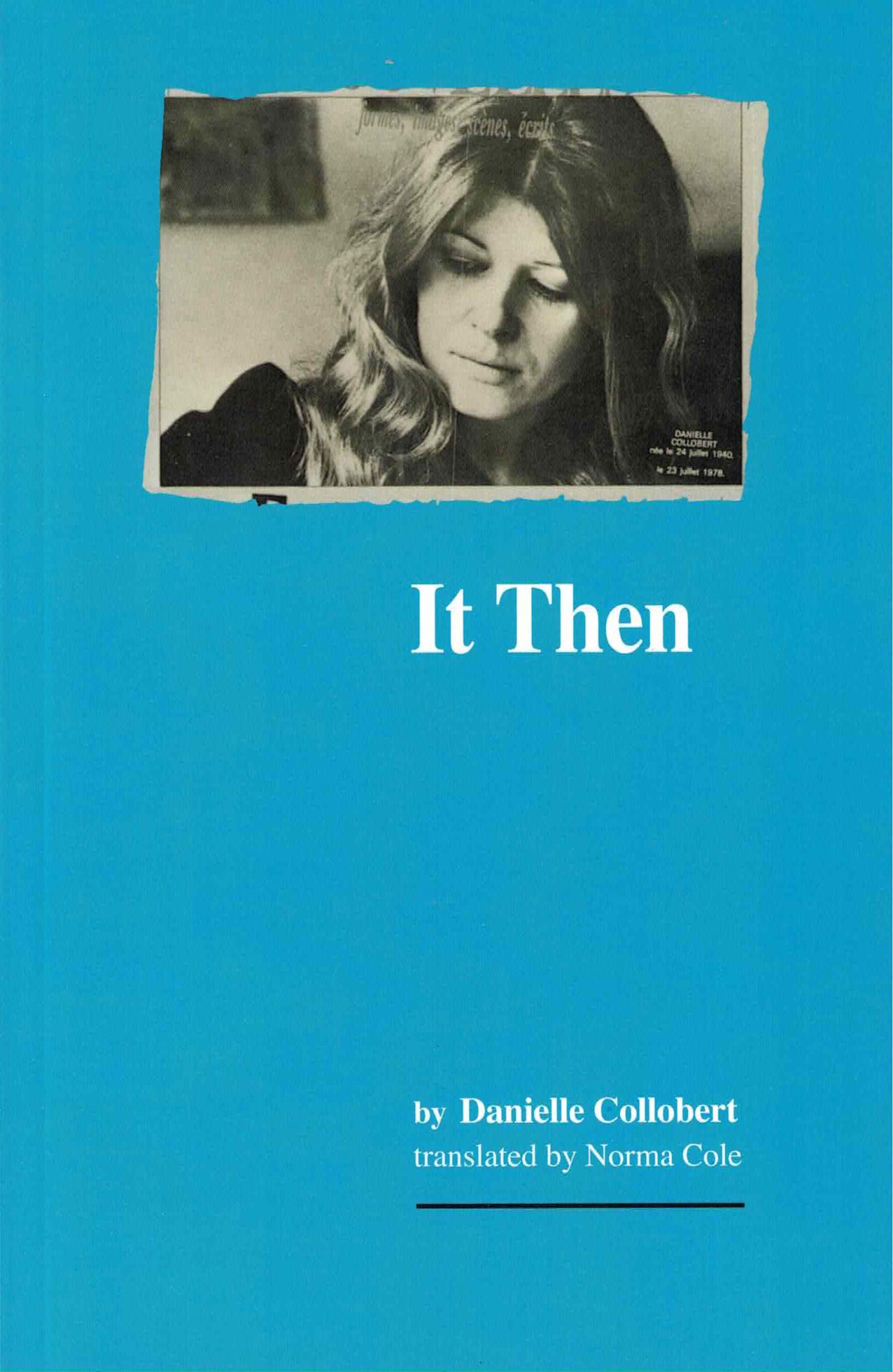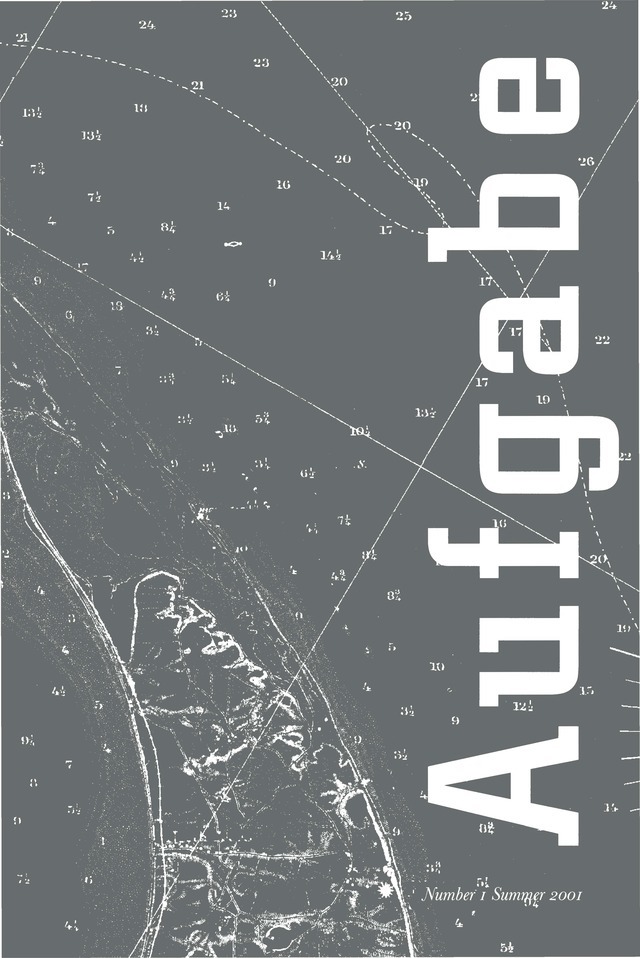It Then represents the first English translation of this French poet, now an influence on many young American poets, who died at the age of 37 in 1978. Beverly Dahlen comments: “Collobert’s dash is a materialization of the gap within speech and the rush to close even as one discloses it… the page bears the record of these bursts of language… Collobert insists on ‘being without a subject,’ as if being were radically different from, absolutely divided from its subject. And like an archeologist she preserves the fragments of this ruined subject against time, ‘to reproduce the duration’… appalling in the intensity of their imagination of the literal body transmuted into writing.”
Norma Cole
Danielle Collobert
Praise for It Then
“to make it really visible—in its infinitely numerous images—unceasingly.” The project of Collobert’s inward gaze is to bear witness. She enunciates the words for desire and for loss—the other words—with harrowing intensity. It Then explores the limits of the phenomenal body and of speech by the agency of a prose which defies category.
— Michael Palmer
Danielle Collobert’s It Then is something I return to as therapy, as heartbreaking consolation, a work that reminds me to rearrange my body. Perhaps to tell my body I am not body, but language, if not breath. In a state of anxiety, everything separates, rejoices in deconstruction, how to make sense of what the body is not. In Collobert’s It Then, I imagine duration, that the ability of ourselves to transmutate is survival—how we find our ability to endure.
— Leigh Jajuga





Collobert’s “it” attempts to use language without taking on an identity, and yet this lack of identity appears to leave it with no agency, a prisoner in a quasi-speechless agony. Is its corporeal suffering a punitive by-product of the desire to speak as an impersonalized pronoun or is it a counter-attack to the violence of an oppressive language?
— Frances Kruk, Contemporary Women’s Writing